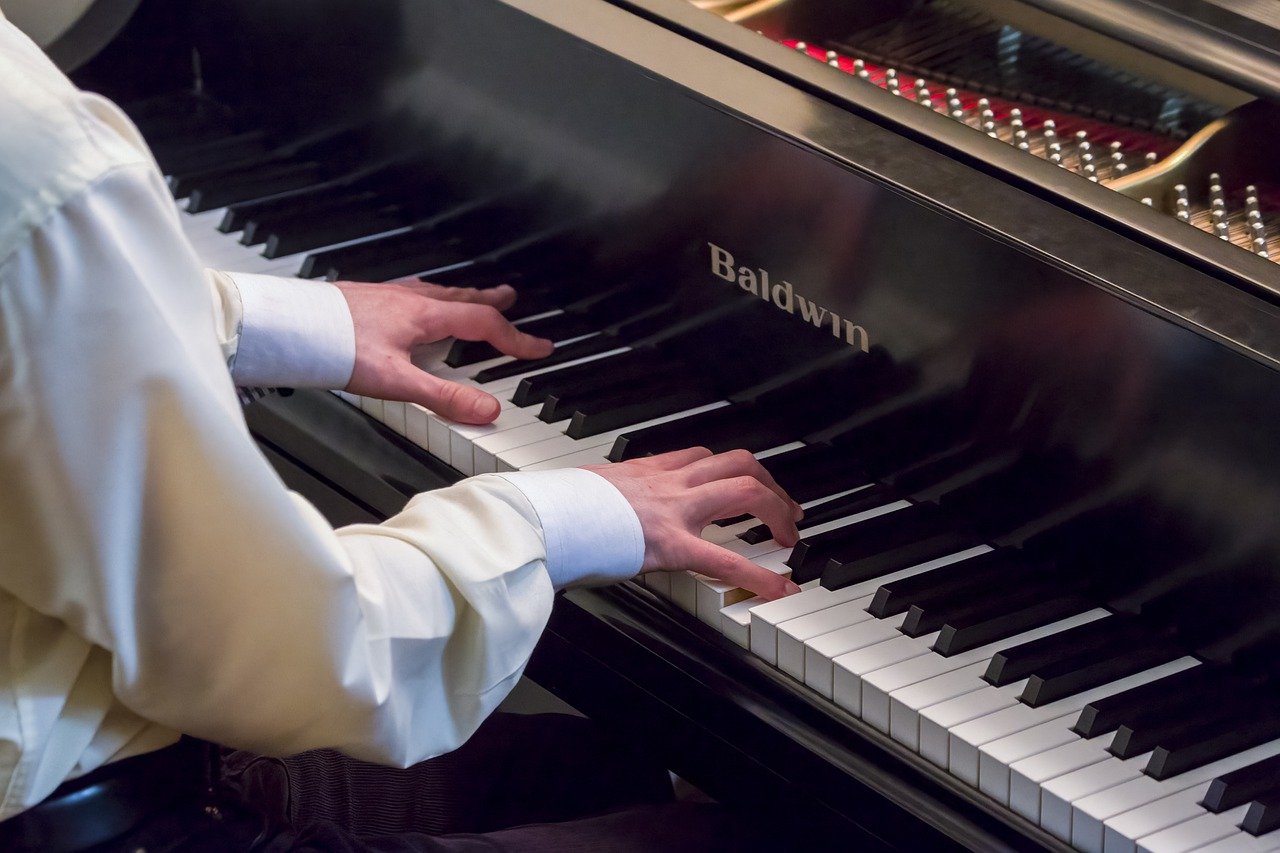
-Eloise Ristad, A Soprano on Her Head, p. 116-117
The first stages of working on a piece set the foundation upon which future performances are built.
Even so, I’ve found that music students often lack explicit means for approaching unfamiliar material. Many pick up inaccurate and unmusical habits that they later struggle to undo.
In response, The Musician’s Way maps out flexible learning methods that enable students to close gaps in their practice skills.
To illustrate the impacts of effective versus haphazard learning processes, and to introduce the practice strategies detailed in the text, the book relates an account of a pianist I’ve renamed Tara. I summarize her story below.
Haphazard Practice and its Impacts
Tara was a 20-something musician who accompanied dance classes, performed occasional recitals, and taught privately.
She sought me out for help with what she believed was a memorization problem. “I’ve been plagued by memory slips since I was a kid,” she said. “Every time I play solo, I’m on the edge.”
At our first lesson, she nervously played part of a Beethoven sonata and, as predicted, her memory hiccupped repeatedly.
“How did you first learn this piece?” I asked.
“I’m not sure,” she replied. “I guess I played through it several times; then I’d play each page over, sometimes slow, sometimes fast.”
“How did you work out the expressive ideas and the fingerings?”
“I just let them come to me as I played,” she said.
“And to memorize it,” I inquired, “what did you do?”
“I kind of played it until I didn’t need the music anymore.”
“Well,” I said, “I think we’ve found the cause of your troubles.”
Starting with Accuracy, Artistry, and Playfulness
I took out an easy piece by Bartók and guided Tara through a process of mastering it. Here’s a summary of that process.
I played the piece for Tara to get the sound in her ear. Then, dividing it into eight-measure sections, I asked how she might interpret the opening section in her own way. She hummed bits of the melody as she notated dynamics and articulations in the score.
Next, I adjusted the metronome to a slowish tempo and invited her to vocalize the rhythm of the section. Using counting syllables, she sensitively sang the rhythm of the melody while moving her body in sync with the pulse.
With a feel for the music established, Tara was set to apply her musical ideas to the piano.
I asked her to discover fingerings for the section, but without touching the keys. Moving her fingers in the air, she envisioned the keyboard and, in a matter of seconds, devised fingerings that matched the musical shapes. She scribbled some finger numbers in the score and was ready to play.
But before turning her loose on the keyboard, I asked her to image playing the eight-measure section, miming the playing motions with her hands as she expressively sang the tune. That is, she played mentally.
With the metronome clicking away, she did three mental run-throughs, refining her interpretation with each pass.
Having plotted the music’s expressive and technical components, she then played the section on the piano and did so with such ease and spirit that we both laughed.
I switched off the metronome and asked her to play it twice more, continually tweaking her interpretation in playful ways.
It took her 15 minutes to learn the remaining sections of the piece and link them together. Throughout the process, she expressed the music accurately and freely, never playing a wrong note or rhythm. Everything felt simple.
Deliberate Memorization
To commit the music to memory, I steered her through a similar routine.
Section by section, without looking at the score, she played mentally three times, and then she repeated on the keys, fine-tuning her interpretation with every recap.
Before our 90-minute lesson finished, she performed the piece beautifully from memory, free of the glitches that had pervaded her Beethoven.
Practicing Deeply
Tara realized that day that, when we musicians practice deeply, we basically do three activities: We discover, repeat, and evaluate.
We first discover a composition’s musical and technical content. Then, mindful repetition builds security so that the music flows according to our will. All the while, to ensure quality, we evaluate our work.
Tara was able to sail through the Bartók because she fashioned a vivid internal image of how she wanted the music to sound and feel.
But when she previously practiced the Beethoven, she repeated large swaths of the piece from the start, bypassing discovery and evaluation.
As a result, her repetitions spawned a hodgepodge of mental impulses. Those confused signals were the causes of her iffy memorization and on-edge performances.
Becoming a Proficient Practicer
If you’d like to become a more proficient practicer, you too have to develop facility with discovery, repetition, and evaluation.
And you need a comprehensive practice method that will adapt to your learning style and empower you to master music efficiently and creatively.
I created The Musician’s Way so that musicians would have access to such a method, which no other book has ever provided.
I invite you to explore the text and contact me with any questions. Read reviews.
Related Posts
The 3 Components of Deep Practice
Assessing Your Practice Habits
Beautiful Repetition
Habits of Excellence
Mastery and Mystery
Mental Imaging
© 2024 Gerald Klickstein
Adapted from The Musician’s Way, p. 40-42
Photo via Pixabay

